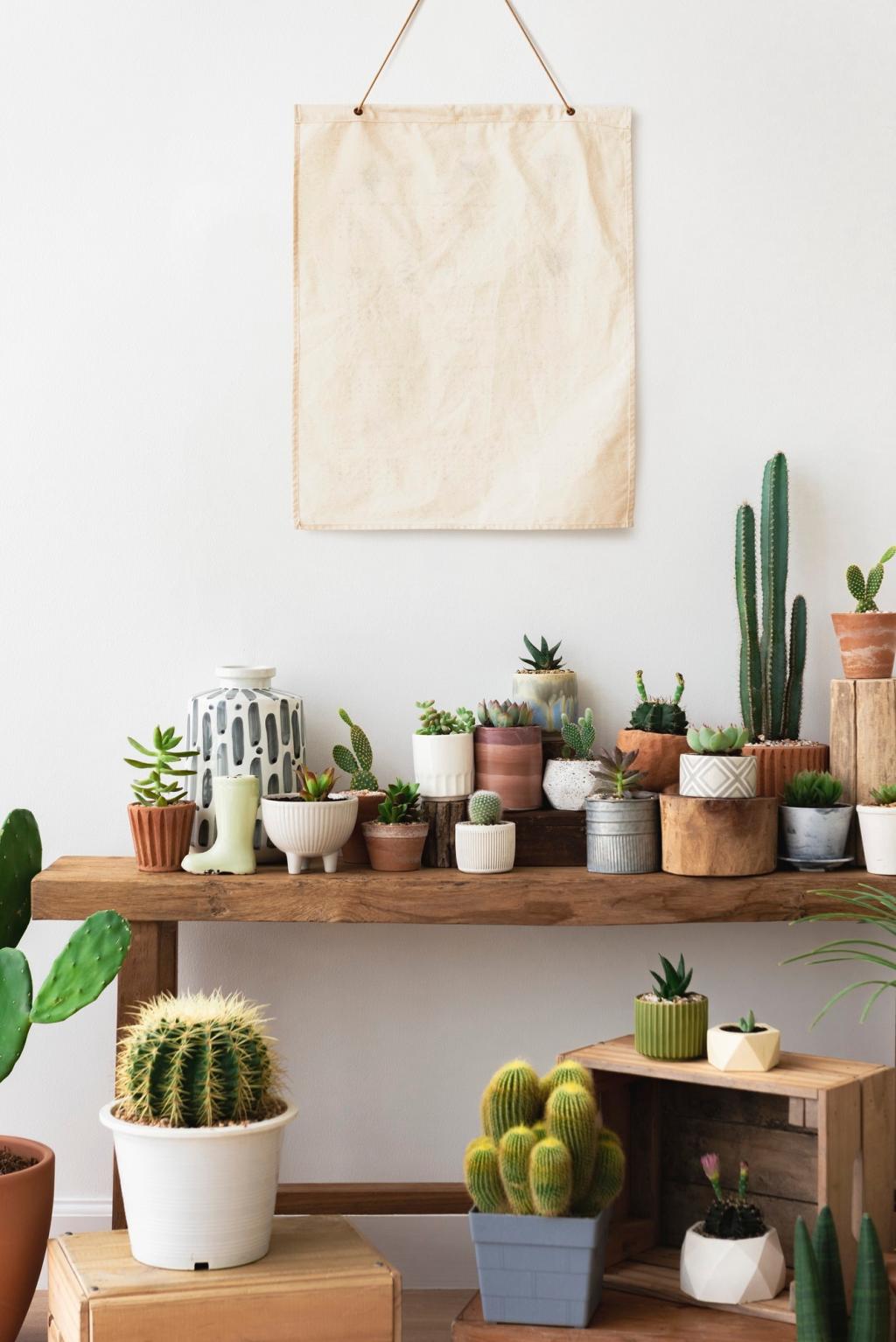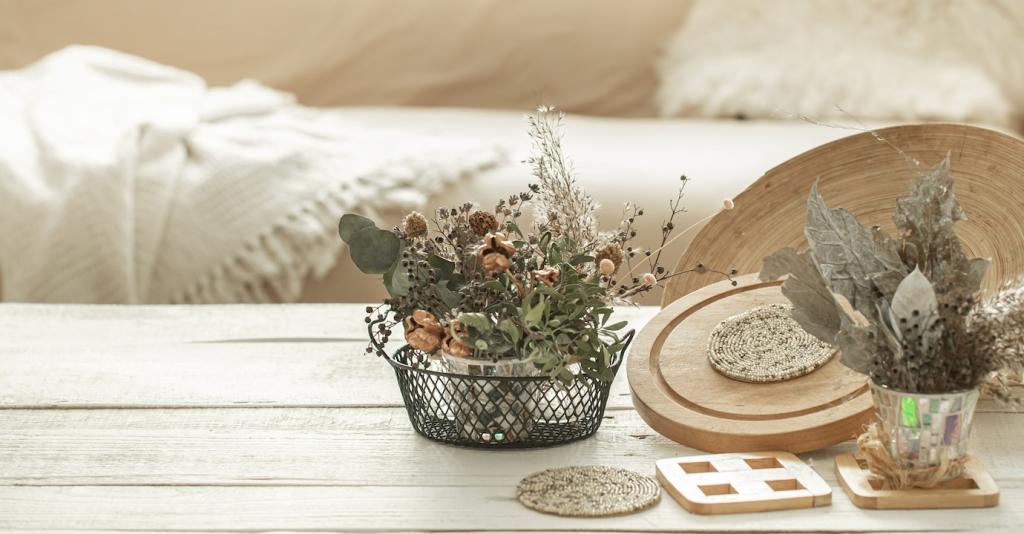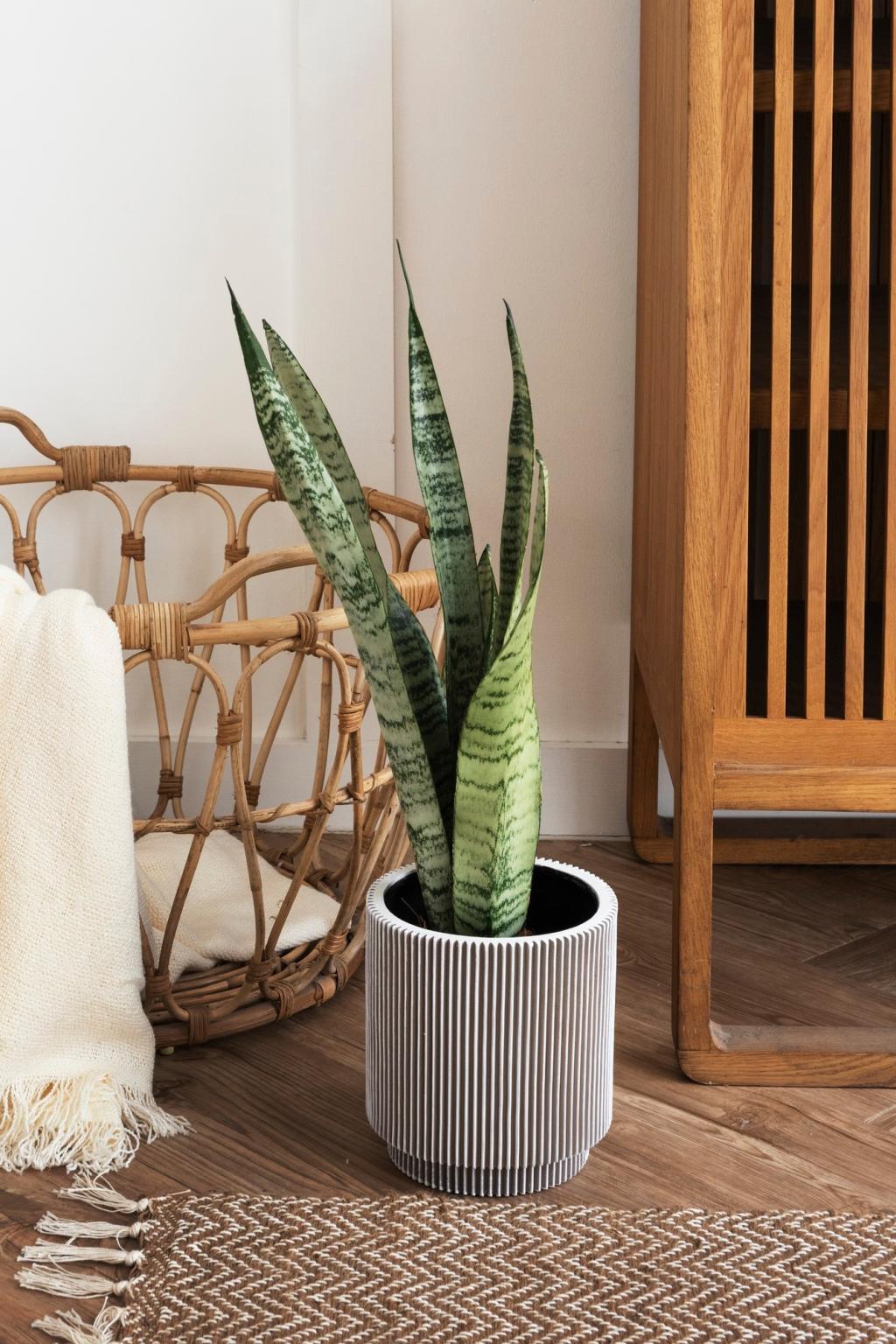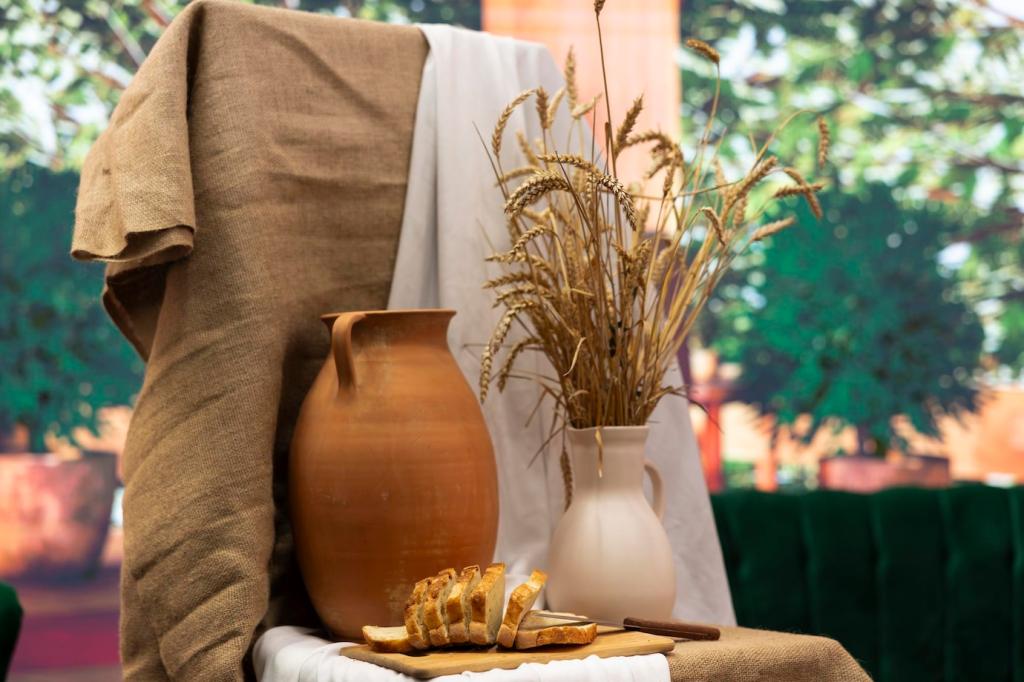Bio-Based Materials on the Rise
Grown from fungal networks, mycelium panels provide lightweight structure and acoustic control. Their low-energy fabrication and compostable potential make them ideal for partitions, art walls, and sculptural lighting experiments.
Bio-Based Materials on the Rise
Hemp-lime panels breathe, regulate humidity, and offer gentle acoustics. While not structural, they excel for interior partitions and decorative blocks—blending earthy textures with modern lines in studios and small apartments.









